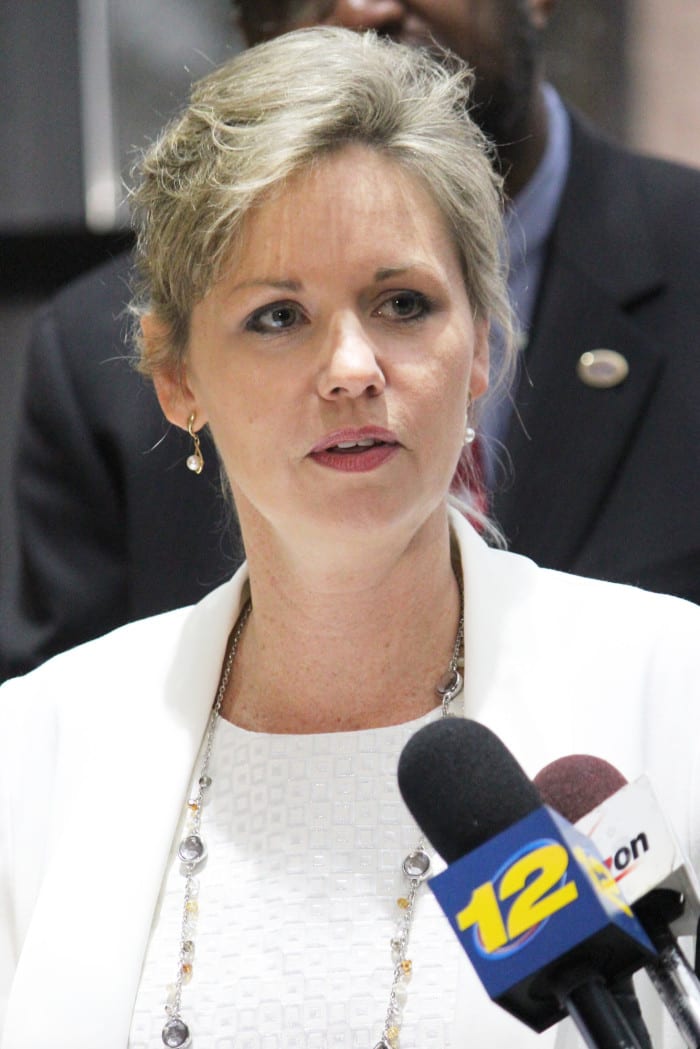On Monday, Suffolk County Executive Steve Bellone (D) signed the legislation into law, which officials say is the first of its kind in the nation. The bill was sponsored by Legislator Sarah Anker (D-Mount Sinai) and seeks to educate consumers about liquid nicotine — an ultra-concentrated nicotine substance used in e-cigarettes. The product could be poisonous if swallowed, inhaled or if it comes in contact with skin. Anker pitched the legislation in December following the death of a Fort Plain, N.Y., one-year-old who ingested the product.
“This potent and possibly toxic product requires regulation, and without leadership from the federal Food and Drug Administration, Suffolk County must move forward to protect our residents with the required warning sign,” Anker said in a press release.
Calls to poison control centers regarding liquid nicotine poisoning have increased throughout the last few years, according to the press release. In 2012, there were fewer than 100 cases of nonlethal liquid nicotine poisoning; in 2013, the number rose to 1,300; and in 2014, the number jumped to 4,000.
The Suffolk County Department of Health Services will enforce the law and provide the downloadable warning signs. The law will take effect 90 days from filling with the Office of the Secretary of State.
Businesses in violation of the law could receive an up to $250 fine for a first offense. Fines increase to $500 for a second offense and $1,000 for a violation thereafter.
Last year, the county prohibited the sale of e-cigarettes and liquid nicotine to anyone younger than 21 years old.







